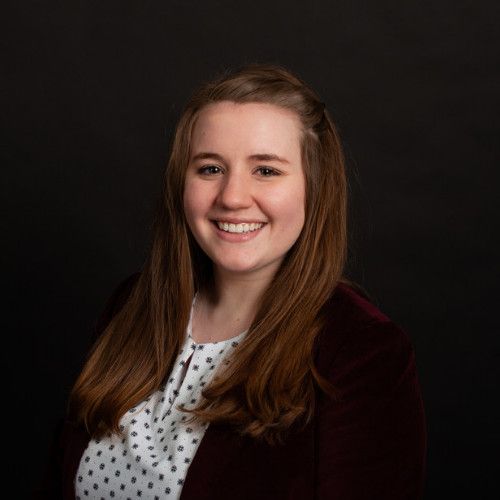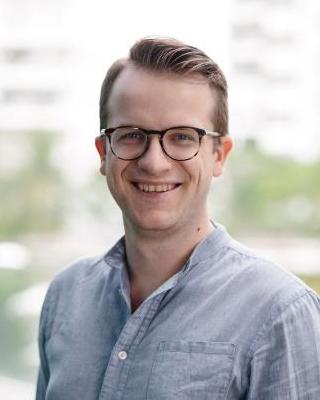Organizational change is rarely welcomed with open arms. Consider the story of Carla, a newly hired executive brought into a fast-growing company. The CEO had recruited her to drive growth and implement structure, but there was one problem: no one else had been consulted.
Carla walked into her first leadership meeting and could immediately feel the tension. Legacy team members were all thinking, “Who is she? Why is she here?” For years, the company had operated with a startup mindset—when a problem arose, everyone jumped in, hacking together a solution on the fly. It was scrappy, it was fast, and it worked… until it didn’t.
As the company scaled, issues continued to arise. New hires were being “trained” in 50 different ways to solve the same problem. The lack of standardization caused things to fall through the cracks and for problems to be overlooked or swept under the rug. Carla’s objective was to bring in processes and efficiencies to standardize operations. But to succeed, she would first have to convince those in the organization that her presence was not a threat, and rather an opportunity.
Her challenge wasn’t just about implementing processes. It was about earning trust, integrating into the culture, and showing the team that structure is the foundation for sustainable growth.
Four Strategies to Gain Trust and Drive Change
1. Frame Standardization as Empowerment, Not Control
Legacy employees often fear that processes will strip away their autonomy. This narrative is harmful to progress for a few reasons:
- Processes aren’t about bureaucracy; they’re about freeing people from chaos.
- Standardization ensures that no one has to reinvent the wheel or firefight the same issue repeatedly.
- By reducing confusion, employees gain more time to focus on creative, high-value work.
The team should know that changes won’t take away their freedom, and rather it will give them the clarity and consistency to do the best work possible.
2. Integrate Into the Culture Before Changing It
Walking in with a clipboard of “fixes” is a surefire way to trigger territorialism. It’s important not to rush into an organization and try to change it before you understand it. Executives in this position should take the time to get to know the people and the organization, this will not only make integration easier by building trust, but will also make the changes more longstanding and effective. Some ways to get to know the organization are the following:
- Sitting in on team huddles to observe how problems were solved. This way, it's clearer what is currently working, and where things are falling through.
- Asking colleagues what frustrates them most about the current operations, to identify areas that they may be more open to change.
- Recognizing and celebrating the startup spirit that has gotten the company this far. Acknowledging that the hard work of a team makes it feel less like you’re implying that what they’re currently doing is wrong. It will help to frame change in a more exciting way, that it is a “next step.”
3. Show Quick Wins That Benefit the Team Directly
Abstract promises of “efficiency” don’t resonate. Tangible improvements do. Identifying small but visible issues that can be relatively easy to solve, should be the first change on the radar. If there is currently inconsistent onboarding, then implementing a single, streamlined training guide will pay off immediately with new hires. Legacy employees will see this change and be relieved they no longer have to retrain hires over and over, and they will be able to trust the work that they do more easily.
Each quick win is proof that implementing process is not about control, and it will make everyone’s lives easier.
4. Recognize Outcomes and Share Ownership
Change sticks when people feel ownership. Making sure to recognize success as a team effort is a crucial aspect of being seen as a part of the team, rather than an outsider. It will make the entire organization feel more unified and like they have achieved something together. Additionally, recognizing team members as key players in the successful implementation of new processes will make them more empowered to make change. Some ways to do this are as follows:
- Offer rewards for effective implementation. Even something as simple as a giftcard for fast and effective adopters recognizes that they are making an effort to achieve a common goal.
- Publicly recognize teams when standardized processes lead to better outcomes. Shoutout key players for the work that they’re doing.
- Share metrics that tied improvements to company growth (e.g., faster onboarding, higher retention). AIM insights can be particularly helpful here to better track these metrics using goal reports.
- Position process adoption as a collective achievement, not a personal victory. It takes a team to make change successful, and recognizing such will make everyone more attached to the progress.
The Takeaway
Ultimately, Carla’s success will not come from enforcing change through authority alone, but from demonstrating that structure and culture can coexist. By framing processes as tools for empowerment, taking the time to integrate before transforming, delivering quick wins, and celebrating shared outcomes, she can shift skepticism into alignment. Growth requires more than implementing new strategies– it requires a foundation that allows innovation to scale. When leaders approach change as both a strategic necessity and a cultural opportunity, they not only strengthen the organization’s future but also earn the trust and commitment of the people who will carry it forward.




































































